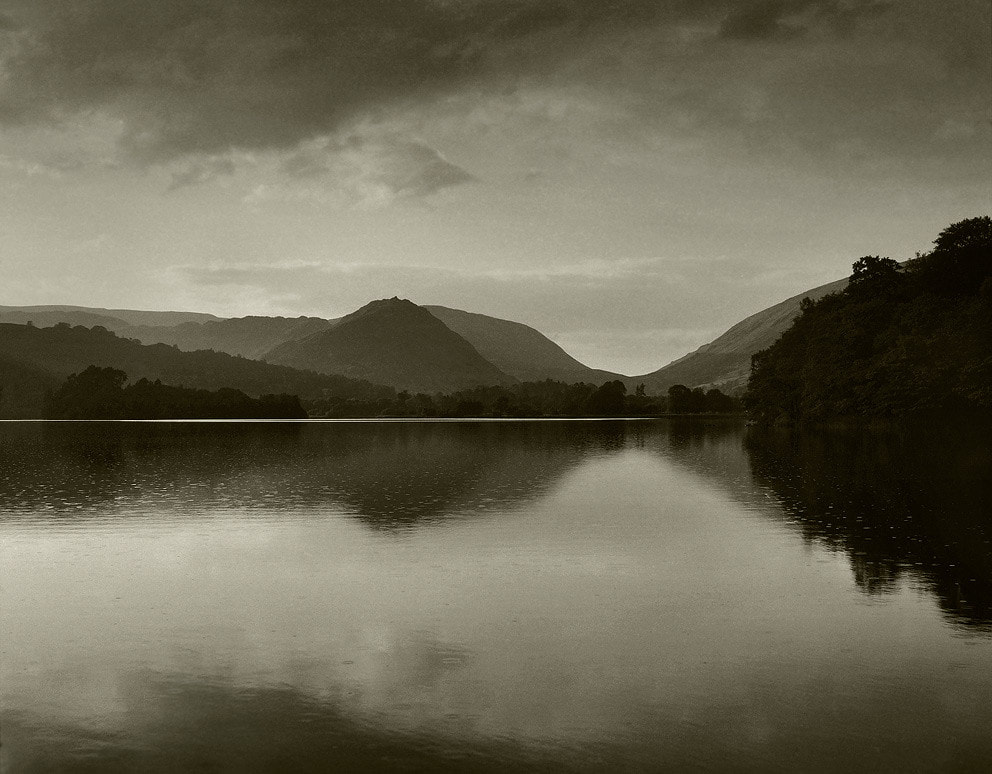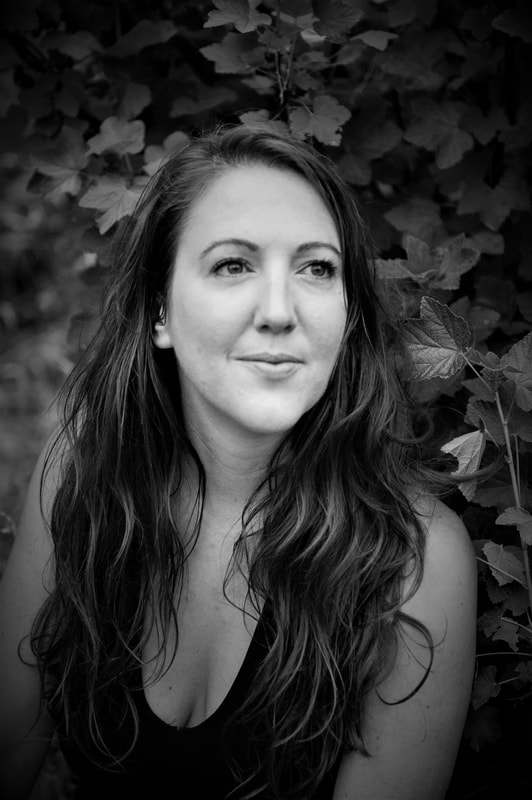|
There is a storm that just came in this evening, named Ciara. I am at The Wordsworth Trust for a month, in the Lake District, writing, walking and thinking about taking my tiny boat out. Today, I returned from doing a reading in London at a Poets for the Planet event, to launch the Extinction issue of Modern Poetry in Translation Magazine. I stepped down from the train (to change at Oxenholme), ran across the rain, and what I smelt was the sea. It is balletic rain. A corps of rain. I just got back to Grasmere, walked up the curving lane, where William and Dorothy Wordsworth would have walked, past Dove Cottage, and I smelt it again. It is ocean water that’s falling. We are an 8-hour walk from the sea, 23 miles inland, but I feel like I am by it, on it almost, with this North Atlantic storm, these winds bowling themselves down the valley. If you are a poet, you will see clearly that there is a cloud floating in this sheet of paper. Without a cloud, there will be no rain; without rain, the trees cannot grow: and without trees, we cannot make paper. The cloud is essential for the paper to exist. If the cloud is not here, the sheet of paper cannot be here either. So we can say that the cloud and the paper inter-are. William and Dorothy Wordsworth made their own ink. The rain that fell in Grasmere. A long, thick feather from a wintering bird. These were the things that went into their hands and writing. Dorothy made many of her notebooks: loose-leaved, stitched, minuscule, so they could be taken out and written in and on with pencil, on tours of Scotland, or walks where her lines slope, curve off and undulate as much as the hills and desire paths. Outdoors, there are no neat, straight, restrained lines. These are field notes wandering off like drunks at the end of the night; swerving, in motion, sometimes scattered across the page, slumped, slant and angled. The lines went where her eyes went: crags and fells and lake edges. If we look into this sheet of paper even more deeply, we can see the sunshine in it. If the sunshine is not there, the forest cannot grow. In fact nothing can grow. Even we cannot grow without sunshine. And so, we know that the sunshine is also in this sheet of paper. The paper and the sunshine inter-are. Sometimes, the pages would be taken out and shared between the collaborators (perhaps in their urgency to each be working on the same moment simultaneously): Dorothy, William, Samuel Taylor Coleridge - their thoughts and phrases configuring and resurfacing like water birds in each of their different works in each of their different rooms; merging and shifting and echoing each other in ways that are more akin to oral tellings and retellings of events. Dorothy would test the quill and ink by writing amen. On some of the pages there is a visual Tourette's of amens interrupting and exclaiming amen amen amen... The changes that happened to the texts were referred to not as redrafts and edits, but as alterations. The analogy is one of clothes, collage, quilting, of hemming and repurposing. When you look at the notebooks, they do feel like a collage, with rough zigzag repairs, darker ink words added above crossed-out words, stubs where pages have been cut out, pastedowns and new paper flaps added for edits, Dorothy's writing next to Mary's next to William's next to notes added perhaps a hundred years later in pencil by their relatives. The manuscripts I held in my hands this week, are 50 yards from where they were first written 200 years ago, these notebooks were once cloth, rags, bleached and made into paper which still carry a tint of the old colour when held up to sunlight. The pages were worn once here in this place, a piece of The Prelude, a journal entry on shoulder or sleeve or newborn or shin, which in turn was once linen, which in turn was once flax plants, spun from the long fibers which grow just beyound the bark of the stems. The storm is now powerhosing the front of the house. It is late and I am wondering if they ever had rain like this: ink salt water, the affair-like scent of somewhere else entering their house. And if we continue to look we can see the logger who cut the tree and brought it to the mill to be transformed into paper. And we see the wheat. We know that the logger cannot exist without his daily bread, and therefore the wheat that became his bread is also in this sheet of paper. And the logger's father and mother are in it too. When we look in this way we see that without all of these things, this sheet of paper cannot exist. With immense appreciation and gratitude to Jeff Cowton, Curator and Head of Learning at The Wordsworth Trust: for exquisite ideas, inspiration, generosity, brilliant questions, time, and for showing and sharing the manuscripts with me, as well as Dorothy Wordsworth's pockets, on my first week in residence.
3 Comments
Dougal Rousham
2/10/2020 09:18:37 am
This captures beautifully a moment, of return to the Wordsworth Trust. Walking where William and Dorothy walked, conveying how they might have as the rain lashes the building, holding precious fragments of pages from a time only a moment away..and yet.
Reply
4/5/2020 12:03:53 am
Before I say anything, I just want to tell you that this is indeed beautiful, Developing your love and passion for something that is pretty complicated takes time. Just like you, I has a love and hate relationship with poetry. I gave up a lot of times before, but they say, your heart will alway lead you to something that makes you happy. Now, I am a poet and has been writing good pieces of poems that are all being read by students and it makes me happy!
Reply
9/20/2024 06:10:49 am
How do you think the collaborative process between Dorothy, William, and Coleridge influenced the fluid nature of their writing, especially when compared to modern individual authorship?
Reply
Leave a Reply. |
Author
Anna Selby is a naturalist and poet. Archives
December 2020
Categories
All
|


 RSS Feed
RSS Feed